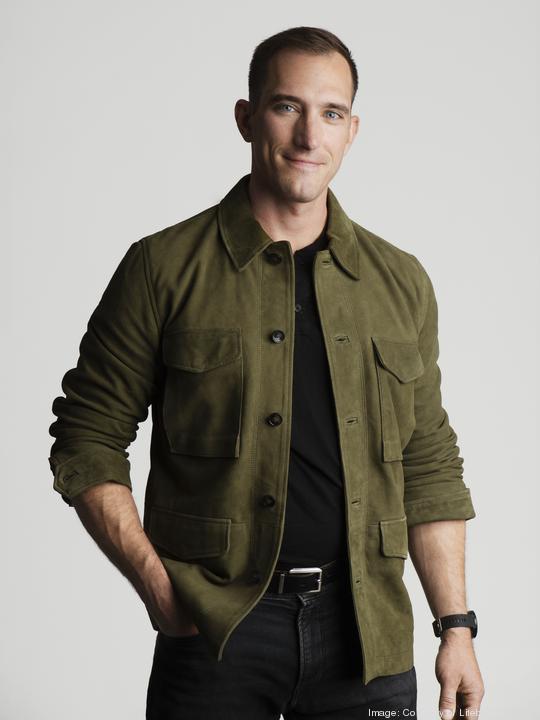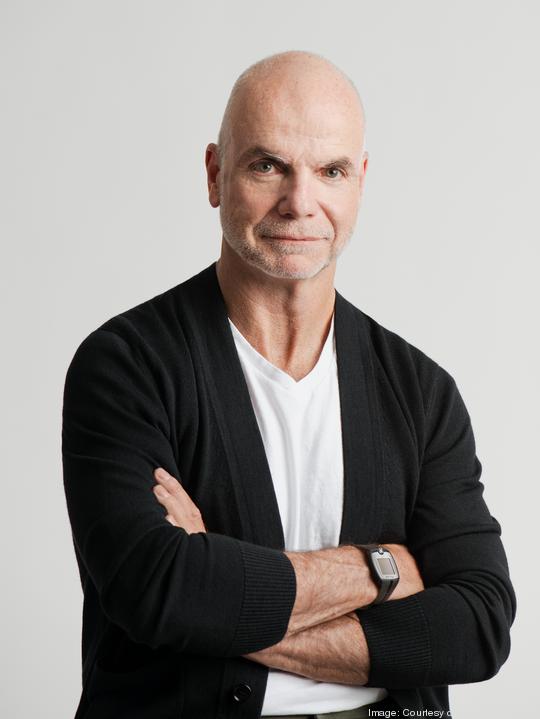
The connected gym equipment industry is quickly growing into a multimillion-dollar market, and the latest startup of its kind in Boston is using home boxing machines to "make workouts suck less." At least that's how co-founder Jeff Morin sees it.
Liteboxer, started by Todd Dagres and Morin in 2020, sells a namesake at-home boxing machine and platform with a subscription service that provides classes and training. What separates Liteboxer from its competitors, however, is the combination of gamification, music, lights and sensors that encourage users to work out longer and have fun.
“We're trying to create a workout that becomes a habit because the best workout is one you actually do," said Morin, CEO of Liteboxer. "More people game than workout. More people game than watch movies these days. So we're taking gamification, fusing that with at-home fitness and creating a sense of sports at home."
Liteboxer is the latest player in the connected gym equipment industry, which includes smart gym systems like Tonal to Peleton bikes to the Hydrow Rower. This industry was reportedly valued at an estimated $510 million in 2020.

The Liteboxer machine features six sensors that measure the accuracy, force and timing of a user's movements. It directs users where to punch using LED lights. This combination of lights and sensors replicates the experience of sparring in a ring with a partner, the company says.
The device also communicates to a phone or tablet in real-time, so users can learn about their performance, track their progress and create goals, all while boxing to the beat of a song in Liteboxer's music library.
There are two main ways to use a Liteboxer device. The first is a trainer-led workout that teaches the user a set of combos for a specific song at the top of a workout. Throughout the workout, the instructor punches along with the user as the device shows which sensor to hit through its LED runway lighting. When the user hits the right sensor, it flashes green and boosts the user's score.
The second option is called quick play. With quick play, there are Punch Tracks that arrange punches and lights to the beat of a single song. The user selects a song and gets scored on the workout during that particular song. Users can also compare how they did on a song with friends.
Music plays a big role in Liteboxer’s technology. In fact, according to the company’s website, “music is the heartbeat of the experience.” The company says it's adding a new song to its library every day.
“For me, I can't go to the gym without music," Morin said. "If I forget my headphones, I go to the CVS and buy headphones. I'm not gonna have a good workout without that music."
One of the benefits of rhythm technology is it helps users enter what Morin calls the "flow state." Music can help someone let go of baggage, get in the zone, and users can enter this state when they meet a challenge. "That's really when the sparks start to fly," Morin said.
Through partnerships with Universal Music Group and Timbaland’s Beatclub, Liteboxer is continuing to elevate the musical experience of the product. The partnership with UMG, specifically, grants an exclusive license deal, which allows Liteboxer access to all of the company’s music. The music will be used in both trainer-led workouts and for Liteboxer’s Punch Tracks.
Plus, there’s another big differentiator between Liteboxer and other connected fitness equipment products on the market: the price tag. Morin said the Liteboxer costs $1,695 and other connected fitness devices can average between $2,200 to $3,000. The company’s subscription services are also priced lower at $29 per month, compared to $39 or $49 per month.
Liteboxer announced in June it raised $20 million in a Series A funding Led by Nimble Ventures.
When asked what Liteboxer plans to do with the investment, Morin joked that he was going to, “buy a boat.” What the company actually did is put the money toward building its team, inventing features that users find meaningful, working on the product pipeline and crafting its marketing strategy.
“We're not trying to teach you to be Muhammad Ali. It’s not professional boxing training," Morin said. "Liteboxer workouts are something that you like doing. We want to give users what we call sweaty smiles. That’s what we go for."








